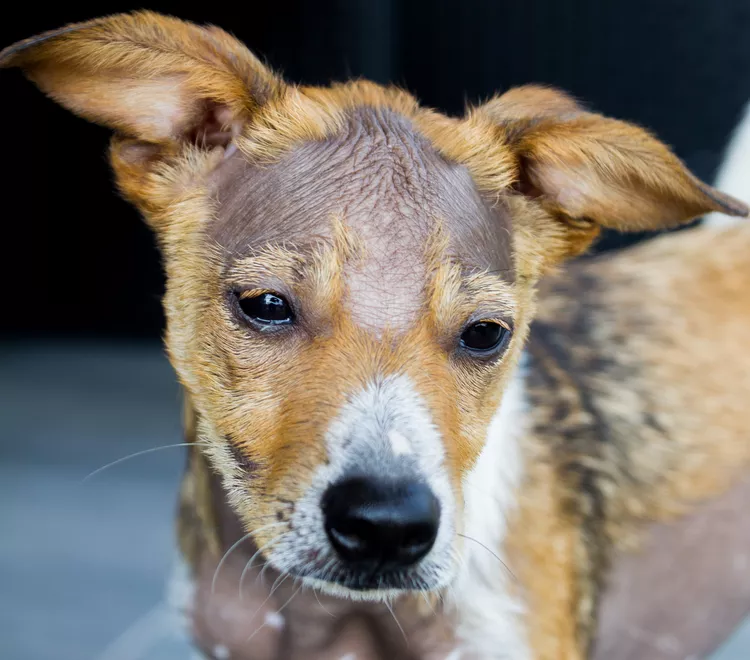
Alopecia is a medical term that refers to baldness or hair loss in areas that normally are hairy. There are many reasons a dog can develop alopecia, including allergies, skin infections, parasites including fleas or mange mites, overgrooming, lack of protein in the diet, and genetics. Depending on the cause, alopecia might be a temporary condition that can be treated, or it might be a permanent condition. Luckily, although it can be unsightly, alopecia is generally not part of a life-threatening condition, and your dog can usually lead a normal, happy life even without all of its fur.
While any dog can develop alopecia that stems from external factors such as mange, skin infections, or behavioral issues, certain breeds are more prone to inherited types of alopecia. Dachshunds, Chihuahuas, standard poodles, and Bernese mountain dogs are just a few of the breeds prone to genetic types of alopecia.
Alopecia is the medical term for hair loss or baldness. Many different types of alopecia affect dogs. With most types of alopecia, the dog's fur loss is temporary and hair growth resumes once the root cause is treated. However, inherited forms of alopecia are sometimes permanent or recurring conditions.
Depending on the cause of the alopecia, the dog might lose most of the fur on its body, but more often, alopecia leads to partial hair loss in the form of localized bald spots, symmetrical hair loss on one or both sides of the body, or fur that looks thin and moth-eaten.
Alopecia can affect any part of your dog's body, but most often appears on the ears, the top of the head, the belly, or the flanks.
The most obvious symptom of alopecia is hair loss, but other symptoms can accompany this condition, depending on the cause.
Alopecia that's caused by a hereditary or hormonal issue often has no symptoms beyond the changes to the dog's coat. However, when hair loss stems from an infestation of parasites, such as fleas or mange mites, a fungal or bacterial infection in the skin, such as ringworm, or allergies, your dog will often be itchy and scratch excessively.
Damaged skin tends to accompany the itchy forms of alopecia. You'll see dandruff or flakiness on your dog's skin and might note reddened or darkened skin, as well. If the inflammation is severe, there might be crusty or weeping spots on the skin. Usually, your dog will lick, scratch, or rub at the irritated areas to gain relief from the discomfort.
Alopecia can occur for a number of reasons, but causes are typically lumped into two categories: congenital or acquired. Congenital alopecia means the dog is born with hair follicles that do not develop normally, usually due to genetics. Symptoms of these types of alopecia can appear when the dog is still a puppy or later in young adulthood.
Acquired alopecia means the dog was born with a normal coat and normal hair follicles, but now has areas of baldness or hair loss due to damage to the hair follicles, issues with the hair shaft itself, or a slowdown in the normal hair-growth cycle.
Many causes of alopecia have specific names, while others are simply symptoms of another illness or condition. Some named types of alopecia include:
Alopecia can also occur due to parasites such as mites or fleas, environmental or food allergies, bacterial or fungal infections, hormonal issues such as low thyroid hormone (hypothyroidism) or high cortisol (Cushing's disease), some tumors, topical medications, and even seasonal fluctuations.
Certain breeds of dogs are predisposed to developing various types of congenital alopecia. Breeds that are commonly affected by different types of alopecia include:
If your dog develops bald spots or thinning of its coat, one of your veterinarian's first questions is likely to be whether or not you have observed signs of itchiness, such as scratching excessively. Itchiness typically indicates an inflammatory cause of alopecia or a response to food or environmental allergies. In these cases, your vet will look for signs of skin infections from yeast, ringworm, or bacteria and also examine the dog for signs of pest infestations, including fleas or mange mites.
Along with the physical examination, your vet might order skin scrapings or biopsies of the affected areas for microscopic examination, which can reveal typical changes associated with inflammation. Blood tests can sometimes reveal an increase in certain types of white blood cells that indicate allergies.
If your dog is not itchy, the veterinarian will likely order blood tests to check for abnormalities with the dog's thyroid, as well as blood tests that give an impression of the dog's overall health. The vet will also carry out a full physical examination, considering the symmetry of the bald spots, their location, changes to the underlying skin, and the appearance of the remaining hairs.
If your veterinarian is unable to decisively diagnose the cause of the alopecia, they might refer you to a veterinary dermatologist. However, it is not uncommon for alopecia to be simply diagnosed as idiopathic, meaning the cause is unknown.
The treatment for alopecia in dogs will vary based on the underlying reason for the hair loss. If the problem is due to a skin infection or irritation, the treatment will involve topical or oral forms of anti-parasitics, antibiotics, antifungals, or anti-inflammatory medications.
If the alopecia is due to thyroid or adrenal disorders, treatment to relieve or reverse the hormonal imbalance will usually also result in renewed hair growth. If allergies are the source of the problem, then removing the trigger—often it's a food—as well as giving the dog antihistamine medications can bring relief from the itching that caused the dog to scratch away at its fur.
Unfortunately, many forms of congenital alopecia do not have effective treatments, other than keeping the dog's skin moisturized to help avoid dryness or flakiness.
Although many forms of alopecia cannot be cured or treated, they do not shorten a dog's life or affect the quality of that life. For the most part, alopecia is a cosmetic issue that can be unsightly but won't prevent your pet from leading a happy and otherwise healthy life.
Some types of alopecia are preventable while others are out of a dog owner's control. Using parasite control and making sure any hair accessories are not applied too tightly are the best ways to prevent these avoidable types of alopecia. Other types of alopecia that are due to a genetic or auto-immune cause are not preventable but may be lessened for future generations with selective breeding.
Hair loss itself is not contagious, but ringworm, which is one cause of alopecia, is contagious to humans and other pets in the home, as are many types of mange mites. If your dog's alopecia is due to one of these causes, you'll need to take precautions against the spread of infection by washing the dog's bedding, keeping the infected dog separated from other pets in the home, and taking care to wash your hands thoroughly after petting your dog or applying medications to its skin.

Cute Pictures & Facts About Calico Cats & Kittens
Learn fascinating facts about calico cats, including photos, the genetics behind this color combination, and common folklore and traditions.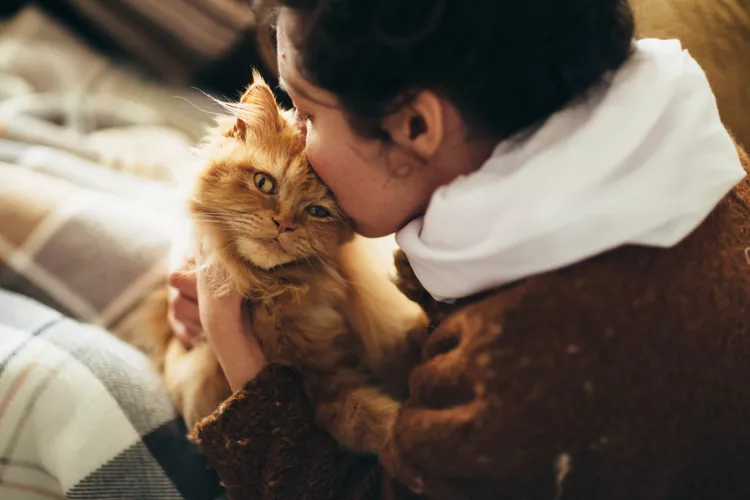
How to Prevent Cat Separation Anxiety During Vacations
Discover why cats develop litter box problems and cat behavior problems when you go on vacation and what you can do about it to help them.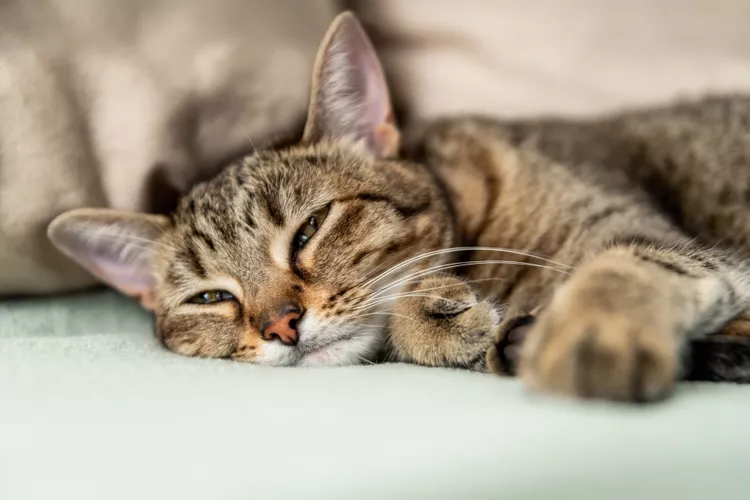
Cat Behavior Changes That Might Mean Something's Wrong
Cats' behavioral changes may indicate problems—or they may mean nothing at all. Explore causes of odd behavior and what to do about them.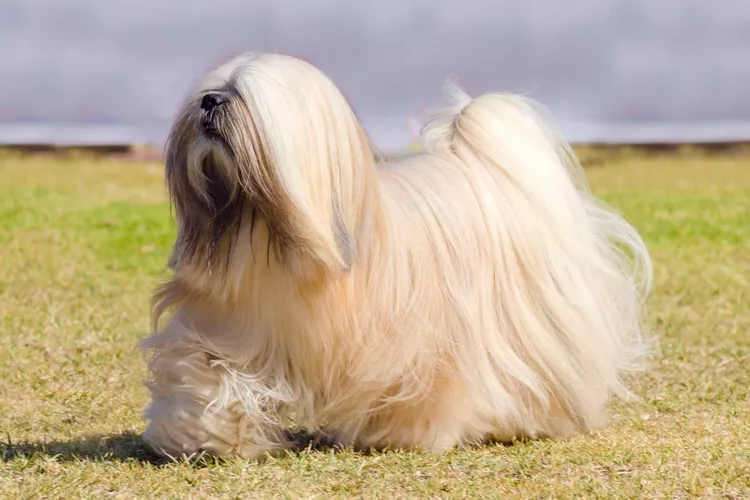
Lhasa Apso: Dog Breed Characteristics & Care
The Lhasa apso is an ancient breed from Tibet that was bred to be a watchdog. Learn about its history, health, exercise needs, and more.
Reasons Why Dogs Run Away and How to Stop It
Dogs can escape, especially if they’re bored and not properly contained. Here are some techniques for stopping your dog from running away.
Can Dogs Get Depression? How to Help Your Sad Dog
Can dogs get depression? Learn about the signs of depression in dogs and find out how to help your sad dog.
How to Stop Aggression in Dogs
Dog aggression can be a serious behavior issue for pet owners. Learn how to stop aggression in dogs before someone gets hurt.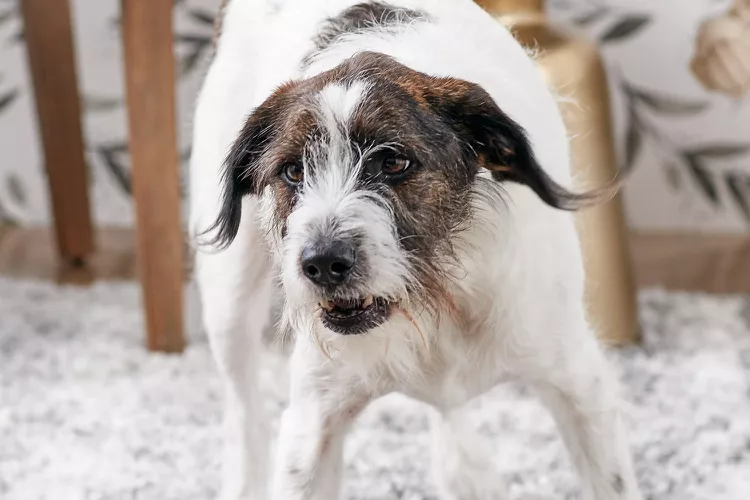
How to Stop Your Dog From Growling
A growling dog can soon become even more aggressive. Reduce the noise and potential for a dangerous situation with some of these techniques.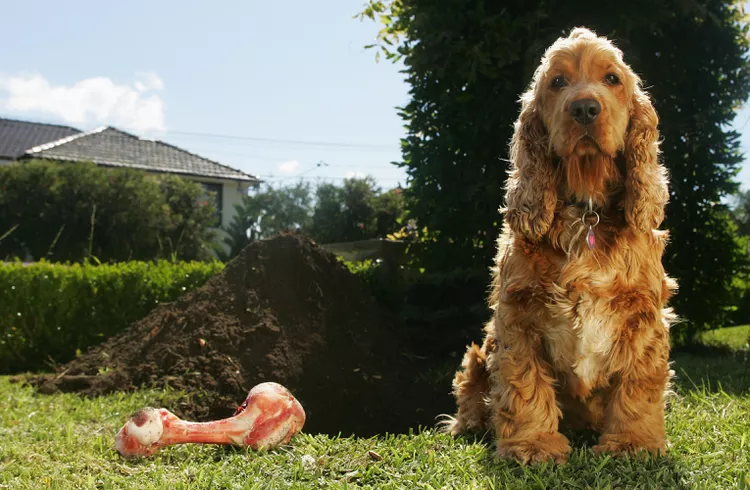
Why Do Dogs Dig Holes? How to Stop Your Dog from Relandscaping Your Yard
Dogs have been digging holes for centuries and for many reasons. Whether they’re bored or want to cool off in the dirt, here are the top reasons why dogs dig holes.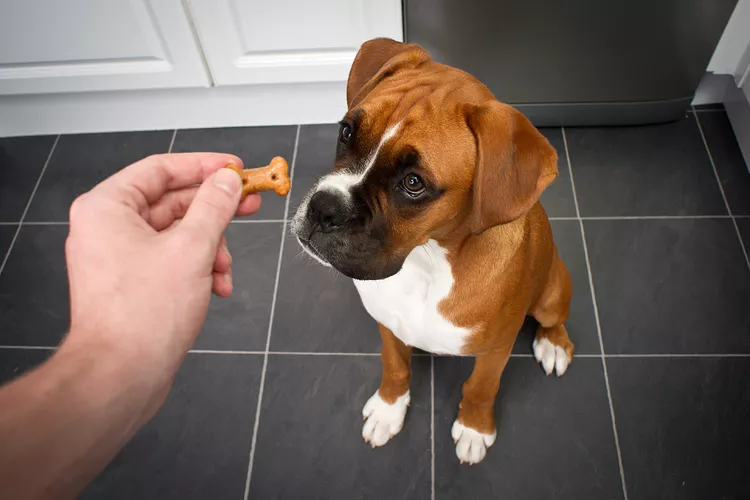
Dog Treat Varieties
Learn about the different types of dog treats on the market and decide which are best for your dog.
Can Dogs Eat Asparagus?
Dogs can eat asparagus, provided the vegetable is cooked plain and cut up for them. Seasonings, salt, and butter make it unhealthy for dogs.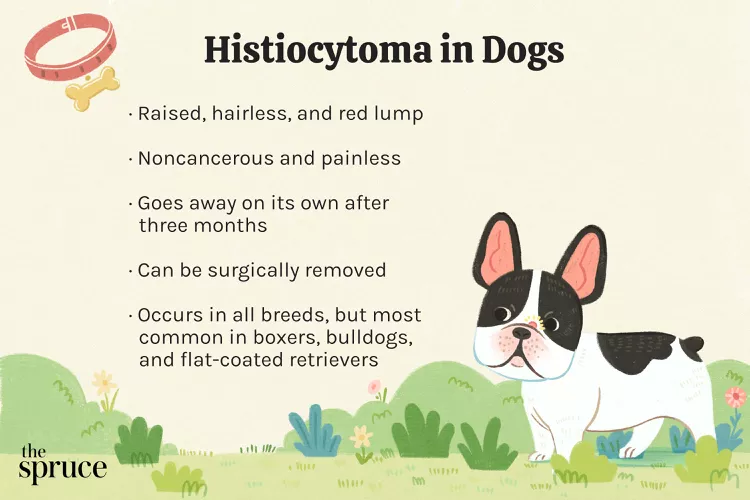
Histiocytomas in Dogs
A histiocytoma is a type of benign (non-cancerous) skin lump that usually affects young dogs. Learn the causes, treatment, and prevention.
Why Is My Dog’s Eye Swollen?
If your dog's eye is swollen, she may need veterinary attention. The inflammation could be caused by allergies, an injury, or even a tumor.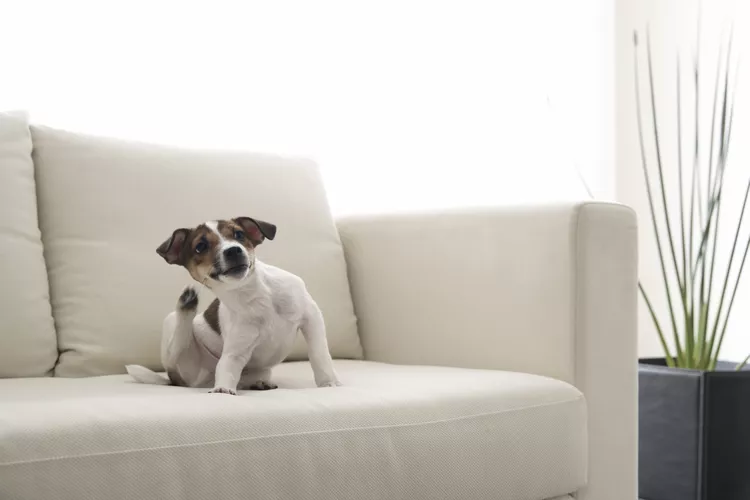
Common Bugs and Parasites Found on and Inside Dogs
Learn about common types of parasites in dogs. Find out how to treat and prevent parasites to keep your dog, your family, and yourself safe.
Exploring the Different Types of Pet-Friendly Beaches
Are you looking for pet-friendly beaches? Learn about the different types of pet-friendly beaches, their locations, and tips for visiting them with your pet.
10 Obscure, Little-known Canine Facts in Honor of National Dog Day
With National Dog Day upon us, it's time to celebrate everything about our favorite pets—even the weirder stuff. Here are 10 obscure facts about dogs you probably didn't know.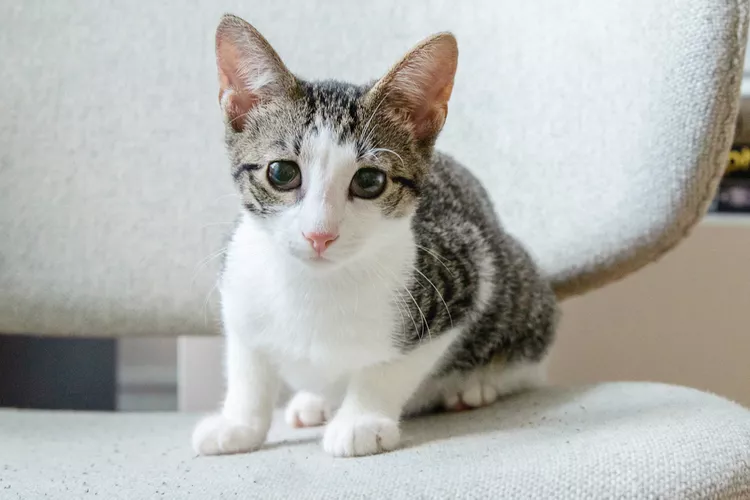
Kitten Development From 3 to 6 Months Old
Kittens grow and change a lot during their first year. Find out what happens between the ages of three months and six months old.
95 Siamese Cat Names
Our list of Siamese cat names has diverse and fun options to help you choose the ideal moniker for your elegant and lovable feline companion.
What to Buy for Your New Cat: A List of Essentials
Before you bring your new cat or kitten home, there are a number of things to collect or buy so your cat will feel welcomed like a family member.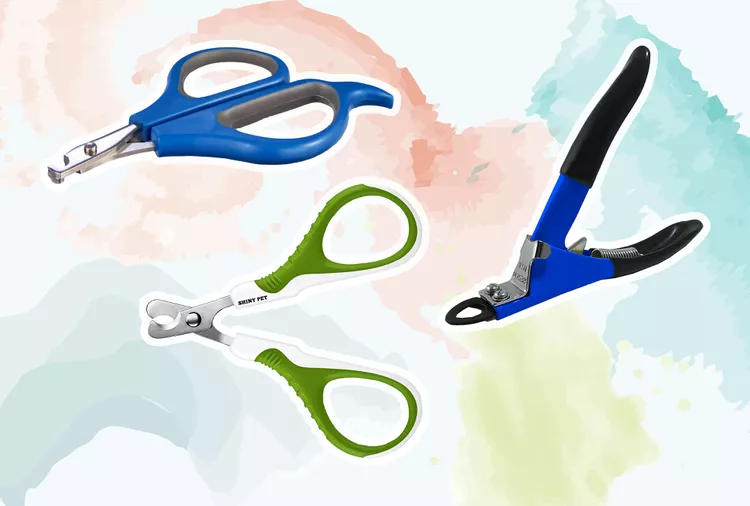
The 6 Best Cat Nail Clippers of 2024 for a Safe Trim
Clipping your cat's nails can save your furniture and keep your kitty comfortable. We asked veterinarians for their cat nail clipper recommendations.